APPLETON — When you own a lavender farm, everyone asks you the same questions.
Is lavender hard to grow in Maine? What’s the difference between English and French lavender? Lavender is supposed to help you relax and sleep well – after spending all day inhaling its heavenly scent, do you sleep well at night?
“I sleep well because I’m exhausted,” Lorie Costigan replies to that last one, only half jokingly. “We’re on the go all the time. There’s always something to do, but for me it’s a healthy thing.”
Lorie and Patrick Costigan and their three sons are the owners and caretakers of Glendarragh, a 26-acre lavender farm in the fertile St. George River Valley. They bought the 19th-century homestead in 2007 and started with 300 lavender plants. Today more than ten times that number grow in rows carefully placed around the fields.
A few free-range chickens peck their way around the homestead, and occasionally wild turkeys can be heard making their way up from the oak woods down by the river, but no other farm animals are in sight. The 1790s-era barn, restored this year, was once used for calving. Now bundles of lavender hang from its rafters to dry. Rows of sunflowers the Costigans grow for pick-your-own in August are the only other recognizable crop, except for the haying that will happen soon in the areas not yet planted in lavender.
“In Maine, Glendarragh is the only (farm) I know if that is exclusively lavender,” said Stephanie Gilbert, farm viability and farmland protection specialist with the Maine Department of Agriculture, Conservation and Forestry. “I think they’ve chosen wisely in terms of specializing because it is high value.”
There are plenty of lavender-only farms in the Pacific Northwest, but for most Maine farms diversification is the norm, the way to keep cash flow positive. (Maine’s commodity farms stick to single crops, but even potato farmers grow other things, like broccoli, in rotation.)
This sort of ultra-niche farming is not risk-free. While lavender is an incredibly hardy plant – drought tolerant and resistant to pests and disease – it is still vulnerable to the roughest of Maine winters. The Sabbathday Lake Shaker Village in New Gloucester lost 60 percent of its small lavender crop about eight years ago, when winter temperatures plunged to 40 below. But an all-lavender farm seems to make more sense when you consider that what the Costigans plant on their property isn’t destined to end up on anyone’s dinner plate – at least not in the same way as a carrot or a squash. They are, basically, growing scent.
The Costigans were living in Lincolnville when they decided it was time for a change and began searching for an abandoned farm they could reclaim. When they found this piece of land, the circa 1824 home had been maintained, but the barn was collapsing, its roof and back exposed to the elements. Still, the couple fell in love with the place. “I grew up on the midcoast, and I always just loved the lay of this land, frankly,” Lorie Costigan said.
Patrick Costigan is from County Kildare in Ireland. Kildare, or Cill Dara, means “church of the oak.” When he first walked the fields on a rainy day in May 2007, he got to the top of a hill, looked down on the fields and the line of oaks by the river, and pronounced: “This is Glendarragh.” The word is Gaelic for “glen of the oaks.”
Lorie Costigan took it as a sign they had found the right place.
The couple knew better than to think they could tackle caring for lots of farm animals, especially since Lorie was still working in publishing at the time.
“We started doing research, and a lot of vineyards were popping up in this area,” she said. “We figured that really wasn’t for us in the long run, but what we could all do together, and enjoyed doing together in Lincolnville, was gardening. This is just on a much bigger scale.
“And lavender quickly filled the bill. There are lavender farms all throughout the United States, and the second largest farm in all of North America is in Montreal, so we knew the climate could handle lavender. And we knew if we kept at it, we’d be able to handle it too.”
ALL HANDS ON DECK
July is the farm’s busiest time of year.
The Costigans plant their lavender in raised beds and on sloping fields for better drainage, but the plants are covered in fabric over the winter to protect them from wind burn. By the end of May, the covers have come off and weeding begins.
Weeding continues into June, but there is no watering – at all – because moisture is lavender’s enemy. (Many home gardeners make the mistake of watering too much, so their plants get moldy and die.) The exception is the French lavender that’s grown under a high tunnel on the farm; it’s watered around Memorial Day and then won’t get another drink until August.
As harvest approaches, Costigan makes sure she has plenty of people lined up to help – friends, neighbors, college students. Years ago, the family could handle the harvest themselves. Now, with 3,000 plants to process, it’s all hands on deck.
“The minute we start to see a lot of bees in the field, that’s when we know it’s really time to be out there,” she said. “These last couple of years it’s been July 4, consistently.”
The Costigans like sharing their love of lavender, so the farm is typically open to the public for some pick-your-own on the first Saturday in July, just as the days are becoming their busiest.
The plants are harvested by hand, and the timing is delicate – the wands must be cut as they are turning from grayish green to deep blue or purple, but while the buds are still nice and tight. The cutting is done early in the day, before the summer sun saps the plants’ essential oils.
Costigan and her middle son, Hugh – a 12-year-old who can answer as many questions about lavender farming as his parents – demonstrated the proper way to cut by grabbing some English lavender wands between their thumb and forefinger, circled to make an “OK” sign.
“You can see the color there really nicely, and see how the buds are closed – that’s key,” Costigan said. “You don’t want to harvest when the buds have opened because by doing it this way, I’m trapping the maximum amount of scent in the buds, and we harvest all for scent.”
The French lavender at Glendarragh was just setting its bud in early July. It’s harvested later in the month, about the time the English lavender harvest is done.
Each lavender bunch is tied with an elastic band and toted off to the barn for hanging later in the evening. It varies, but about eight to 10 bunches can be harvested from each plant. By the time Costigan is finished cutting for the day and is ready to start hanging the lavender to dry, there may be 1,000 bunches waiting for her in the barn. She hangs them from chains, from the bottom up, to maintain the best airflow. Good airflow and darkness are critical for drying lavender.
SINGULAR SCENTS
The farm is growing nearly a dozen varieties of lavender this year. The English varieties, hardy to Zone 5, are Hidcote, which has dark purple flowers; Buena Vista, which has spikes of deep blue; Jean Davis, which blooms pastel pink; Coconut Ice, which has white flowers; and Melissa and Betty’s Blue, which are both good culinary lavenders.
The French varieties grown at the farm are White Grosso, True Grosso, Fred Boutin and Super. The Grossos, commercial varieties primarily cultivated for their oil, are also used for bouquets and potpourris.
“Every lavender variety has different uses and a different scent,” Costigan said. “Your nose would pick up the difference: Wow, this is fruity, or wow, this smells almost like rosemary – it’s really camphorous. The English lavenders are sweeter and more delicate.”
English varieties are better for culinary purposes, and French varieties produce more oil and have a stronger scent. This year, a local creamery used some of the Costigans’ English lavender to make a lavender-lemon ice cream. As for the family, they like to make lavender shortbread, lavender-lemon cheesecake and lavender crème brûlée.
“We like to use the English lavender in some of the bath soaps as well,” Costigan said. “We make a rose geranium and lavender bath soap, and I like to put the pink Jean Davis bud in that. But a lot of those pink varieties, before they open they’re going to appear white. A lot of brides like those in their bouquets.”
Costigan sifts the dried lavender by hand at home, in a big tub.
“Bigger farms, like farms with 10,000 plants, they probably have mechanized sifting machines, but for me it’s spend $5,000 on a sifting machine or put $5,000 into more plants?” Costigan said. “We’re all at the point where we just want to keep putting it into more plants.”
She uses the dried lavender buds to make sachets, soaps, lotions, laundry detergent – all kinds of things that smell good. She gets some production help from local seamstresses and co-packers.
Most of the Glendarragh lavender goes into items that are sold online and at the Costigans’ lavender store in Camden, where customers practically swoon from the overpowering scent when they walk in the door. As a customer once said to Costigan, “You must really love lavender, or hate it.”
Costigan’s reply: “I love lavender. It is the scent of my life.”
LAVENDER SUGAR
Use lavender sugar in desserts, lemonade and teas. This recipe comes from Lorie Costigan of Glendarragh Farm.
1 cup sugar
1 1/2 teaspoons English lavender
Mix the sugar and lavender together in a sealed container, and let sit, shaking occasionally. The friction causes the lavender oils to absorb into the sugar crystals. The longer it sits, up to a point, the more aromatic it becomes. Alternatively, combine the same ingredients in a food processor and pulse for a minute; this will reduce the size of the lavender buds.
LAVENDER-LEMON SHORTBREAD
The recipe is courtesy of Betsey-Ann Golon.
1 cup unsalted butter, room temperature
3/4 cup granulated sugar
1/4 cup lavender sugar (see preceding recipe)
2 teaspoons grated lemon zest
3 cups cake flour
1/4 teaspoon salt
Preheat oven to 325 degrees F.
Beat butter, sugars and lemon zest with an electric mixer until just blended. Do not overbeat. Stir in flour and salt, beating just until blended. Press dough firmly into a 10-inch pie plate. Score the dough into wedges with a knife, then bake until golden brown, 25 to 35 minutes. Cool for several minutes and then cut the wedges along the score marks. Let the shortbread cool completely before removing from pan.
LEMON CHEESECAKE WITH LAVENDER-SCENTED SHORTBREAD CRUST
The recipe is courtesy of Lindsey Schortz, Let Them Eat Cake Bakery in Belfast.
For the best results, bake the cheesecake the day before you need it, so that it has time to completely chill. To make a gluten-free version of the crust, use a gluten-free flour mix or a mixture of buckwheat and brown rice flour.
Shortbread crust
1/3 cup sugar
1 tablespoon culinary lavender
1 1/3 cups flour
4 tablespoons very cold butter
Cheesecake
2 pounds cream cheese, at room temperature
1 cup sugar
¼ teaspoon salt
4 eggs
1 cup sour cream
Juice and zest of 2 lemons
To make the crust, preheat the oven to 350 degrees F.
Combine the sugar and the lavender in a food processor. (If you don’t have one, crumble the lavender into the sugar with your fingers). Add the flour, then the butter. Pulse (or cut butter in by hand) until the mixture resembles coarse bread crumbs. Press this mixture lightly into the bottom of a 9-inch baking pan with a removable bottom, such as a spring-form pan.
Bake the crust for 20 minutes until browned. It may crack a bit, but this is fine.
Make the cheesecake while the crust is baking.
Combine the cream cheese, sugar and salt at a medium-high speed until smooth, using a mixer with a paddle attachment. Add the eggs, one at a time, scraping down the sides of the bowl after each addition. Add the sour cream and mix until just combined. Lastly, add the lemon juice and zest, and mix in at low speed or by hand.
Once the crust is done baking, turn the oven temperature down to 275 degrees F. Center the two oven racks and place a pan of water on the lower rack; it will help prevent the cheesecake from cracking. Pour the cheesecake batter into the cake pan over the crust and bake it for 2 hours and 15 minutes.
The cheesecake should be puffed up like a soufflé when finished and mostly firm to touch, although it will wobble a bit. Take it out of the oven, let it sit for 20 minutes, then slide a knife lightly around the top edges to loosen it from the sides of the pan. Refrigerate the cheesecake until thoroughly chilled.
Send questions/comments to the editors.


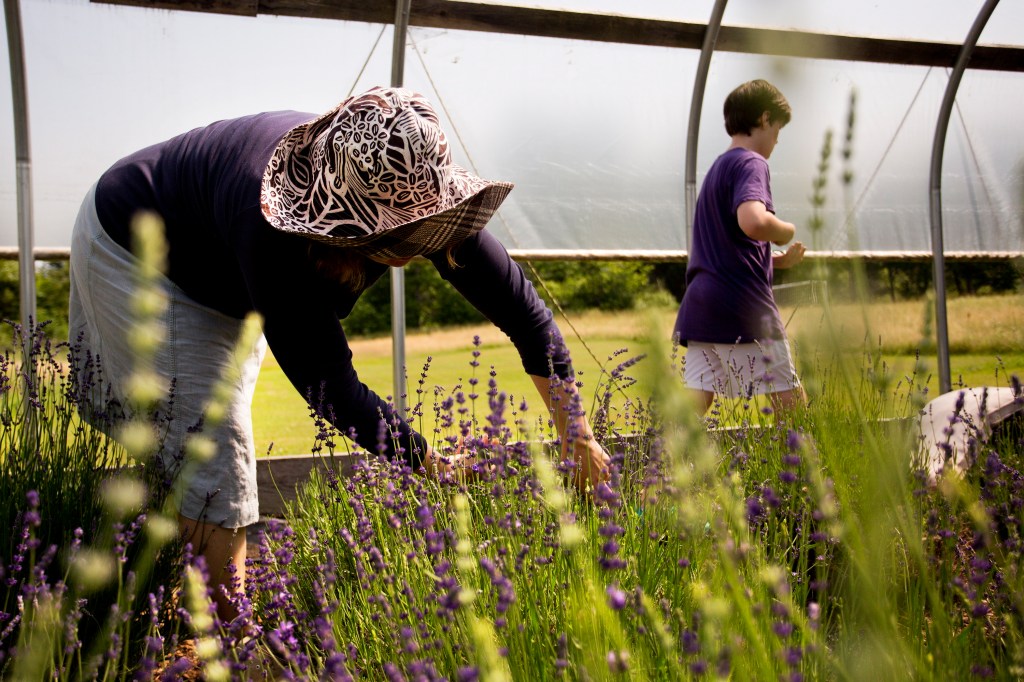
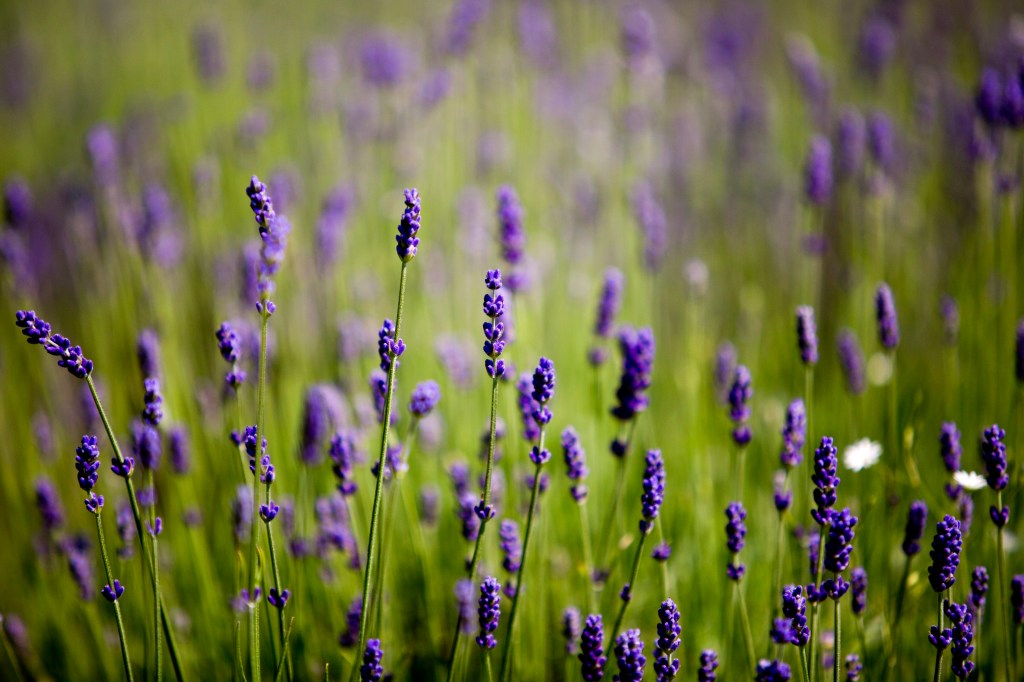
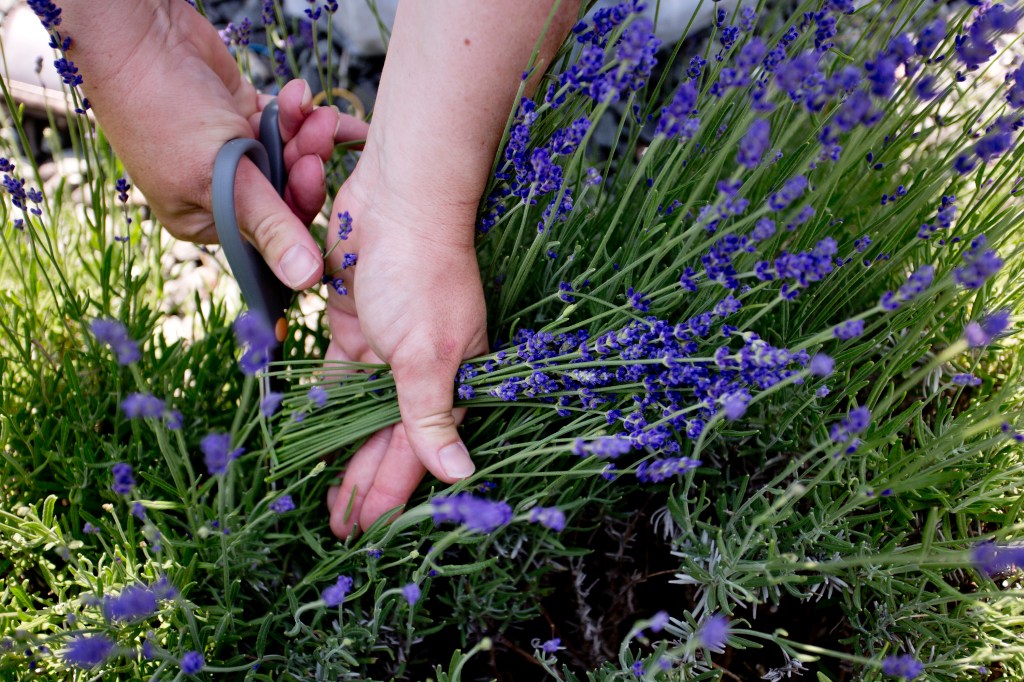
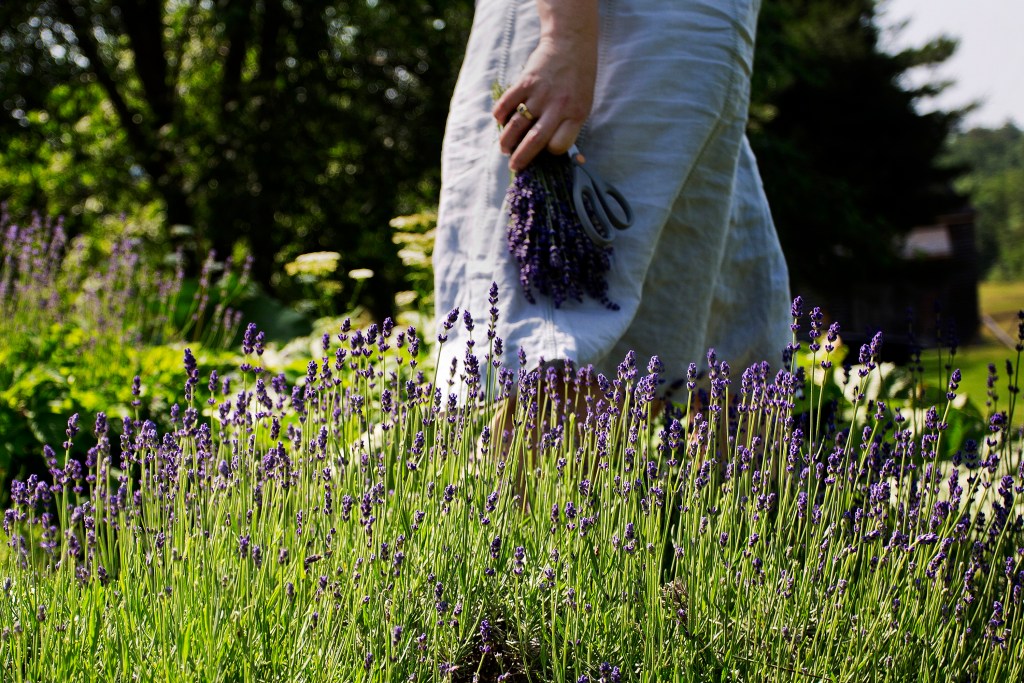
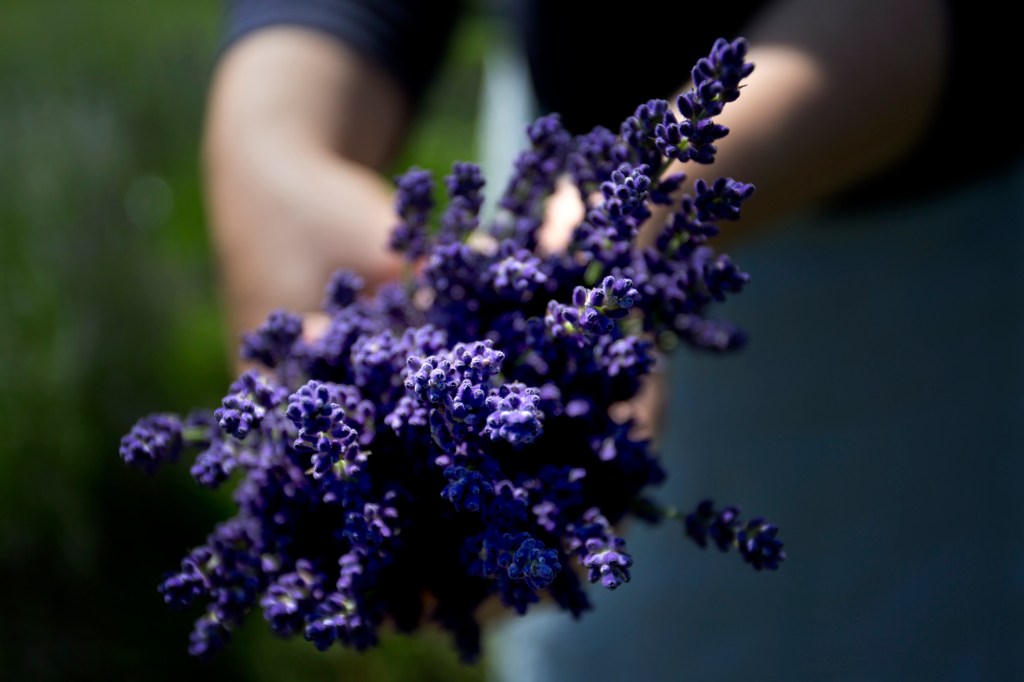
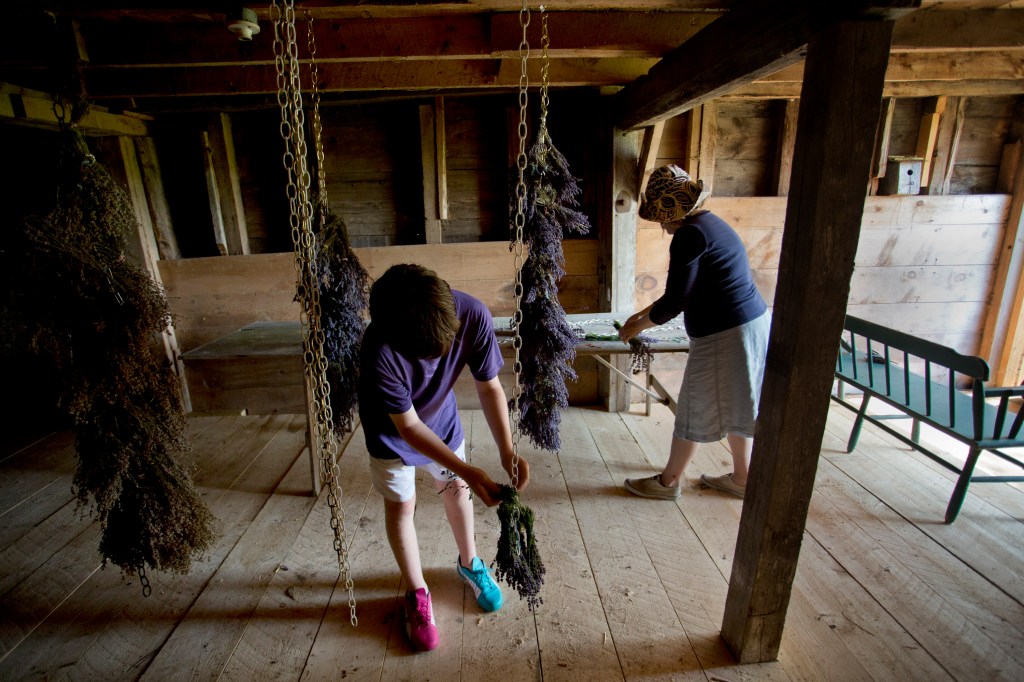
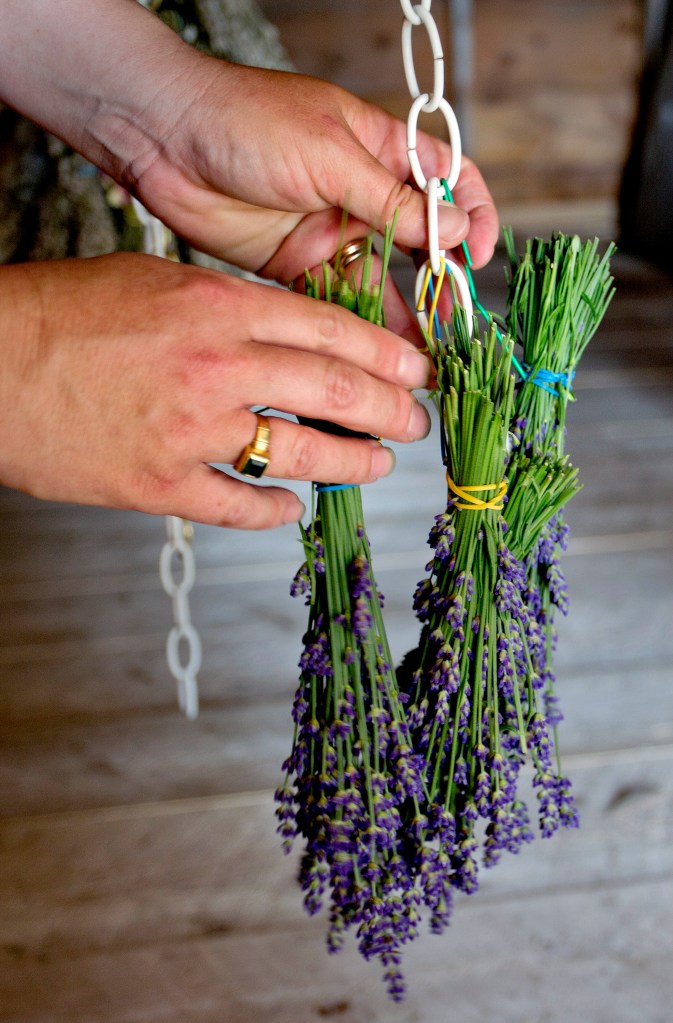
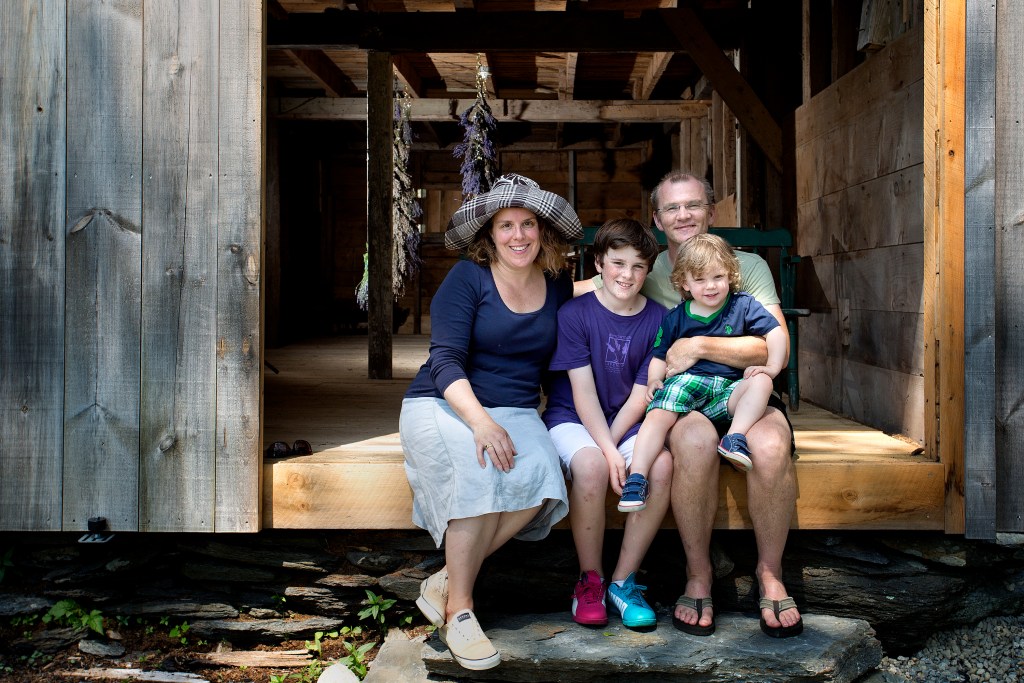

Success. Please wait for the page to reload. If the page does not reload within 5 seconds, please refresh the page.
Enter your email and password to access comments.
Hi, to comment on stories you must . This profile is in addition to your subscription and website login.
Already have a commenting profile? .
Invalid username/password.
Please check your email to confirm and complete your registration.
Only subscribers are eligible to post comments. Please subscribe or login first for digital access. Here’s why.
Use the form below to reset your password. When you've submitted your account email, we will send an email with a reset code.